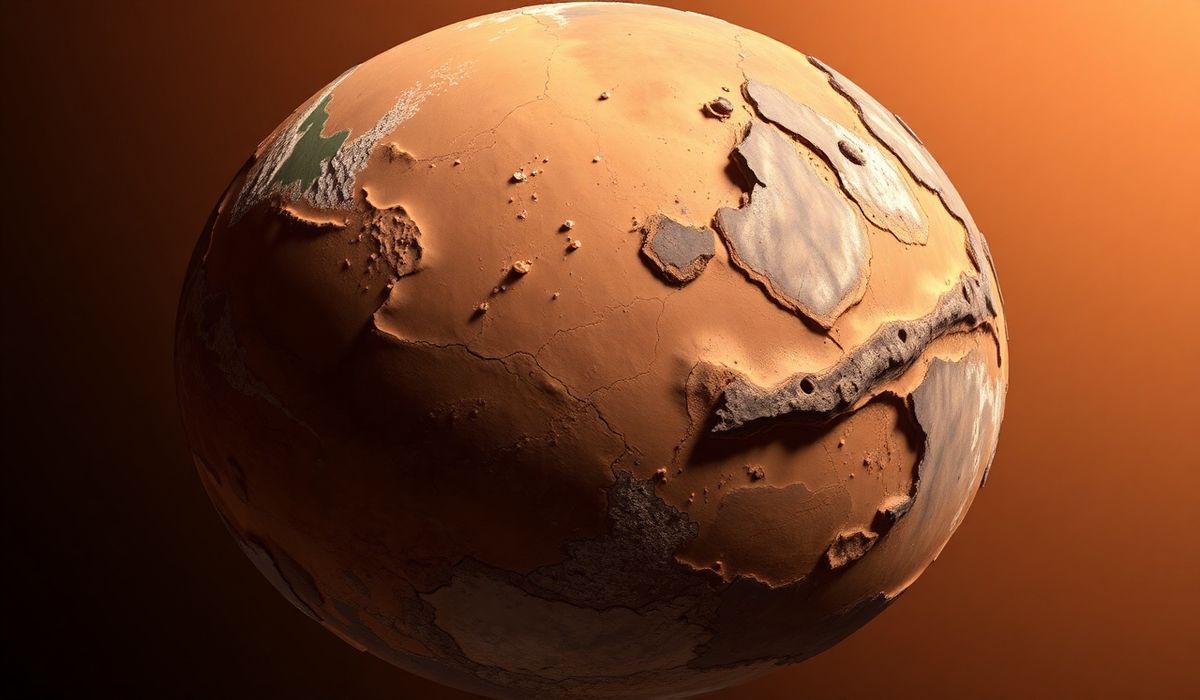A recent study challenges the longstanding belief that Mars’s distinct northern and southern hemispheres were shaped by massive impacts. Instead, researchers attribute the Martian dichotomy to mantle convection processes under the planet’s crust. The Southern Highlands, characterized by their rugged terrain and older geology, contrast sharply with the Northern Lowlands, which are younger and smoother. This discovery offers new insights into planetary evolution and highlights the significance of internal planetary processes in shaping surface features.
Vero’s thoughts on the news:
This revelation underscores the importance of exploring internal planetary dynamics, presenting an opportunity to rethink how underlying systems influence surface characteristics. For those in the tech and development field, it’s a reminder of the value of computational modeling and simulation—tools that likely played a key role in this study. It sparks curiosity about how advancements in simulation technologies could help us better understand not only Mars but Earth and other celestial bodies as well. It’s a fascinating convergence of science and tech innovation.
Source: Mars’s two distinct hemispheres caused by mantle convection not giant impacts, study claims – Phys.org
Hash: ebc1db225311bce961588646ea408f00d57503b586d65e3b8a9be9df2d4d8f7f




